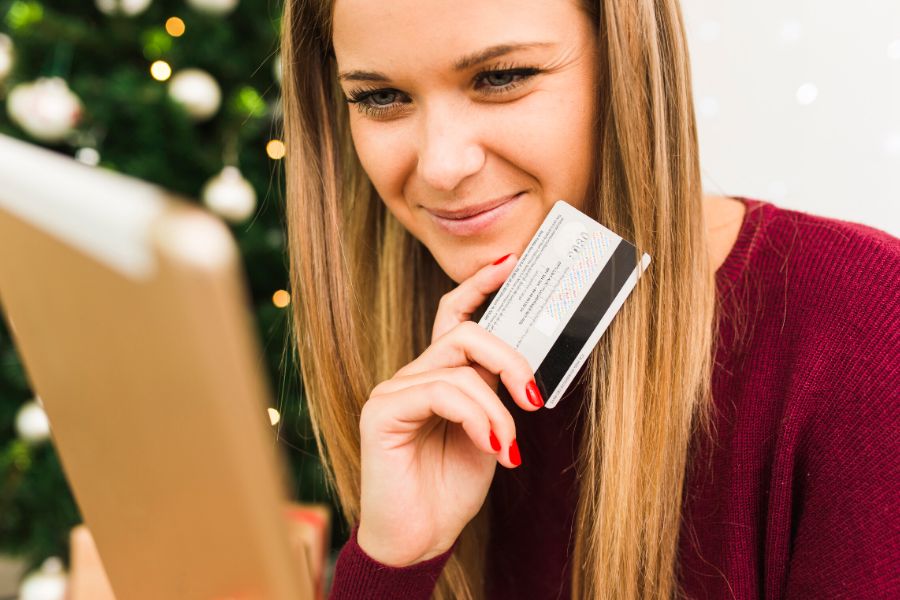Over the past years, you may have seen the introduction of many payment methods, for example, PayPal. And buy now, pay later (BNPL) is among the most popular new payment methods. But do you know that retail’s worst nightmare is to buy now, never pay later? Because an increasing number of customers rely on this method, the buy now pay later fraud rate has been boosted. In the holiday season last year alone, more than 35% of people counted on Affirm and other BNPL financings to pay for the holiday presents. What should retailers know about BNPL and the related fraud? Check out this post for the answer.
Buy Now, Pay Later definition
BNPL is short for Buy Now Pay Later. It means a kind of short-term financing enabling shoppers to purchase products at once and give the amount of money due for products bought later. Now and then, this is done with no interest incurring. BNPL setups also referred to as POS installment loans, are turning into an increasingly popular payment option, particularly when buying online.
Shoppers likely consider BNPL financing as an easy payment method. As for retailers, it may be super convenient, particularly businesses relying on ConnectPOS. This system gives online collection and a pick-up in physical stores for shoppers. The customers will be happy when exchanges and refunds are likewise accepted in offline shops.
Signs of buy now pay later fraud
- Changing the delivery address
- Many transactions in a short time
- Sign-ins from new IP addresses or devices
- Abnormal & new buying behavior
Retailers had better reach out to shoppers whose transactions belong to such alarms to make sure that they genuinely wanted to buy.
How can retailers safeguard their buy now pay later processes?
Use Graph analytics
Graph analytics means an arrangement of analytic methods that focus on how things, people, and other entities are in connection with one another. Graphs define patterns, relationships, and so on. Businesses leverage these graphs to recognize potential buy now pay later fraud — when customers make purchases and in the application procedure.
For instance, as they apply for a credit card, the graph keeps track of their application attributes. It checks if there are other applications with the same address, phone, and so on. What is likewise the number of least long paths and connections to the blacklisted application from the input one? This graph also works to assign each section of the application a varying weight to produce a fraudulent path score. Considering the score, the credit card supplier can guess the danger of an application in real time.
Other ways to detect buy now pay later fraud
Moreover, you have the choice to apply stricter identity verification during the checkout process. For example, you can use machine learning tech to define abnormal buying activities likely associated with fraud.In conclusion, while BNPL has become preferable today, you should watch out for the buy now pay later fraud. Call us for further advice and more.
►►► See our products: Magento POS, BigCommerce POS, Shopify POS, Woocommerce POS, NetSuite POS, Commercetools POS, Customize POS, Customer Experience Solution and Next-Gen POS




